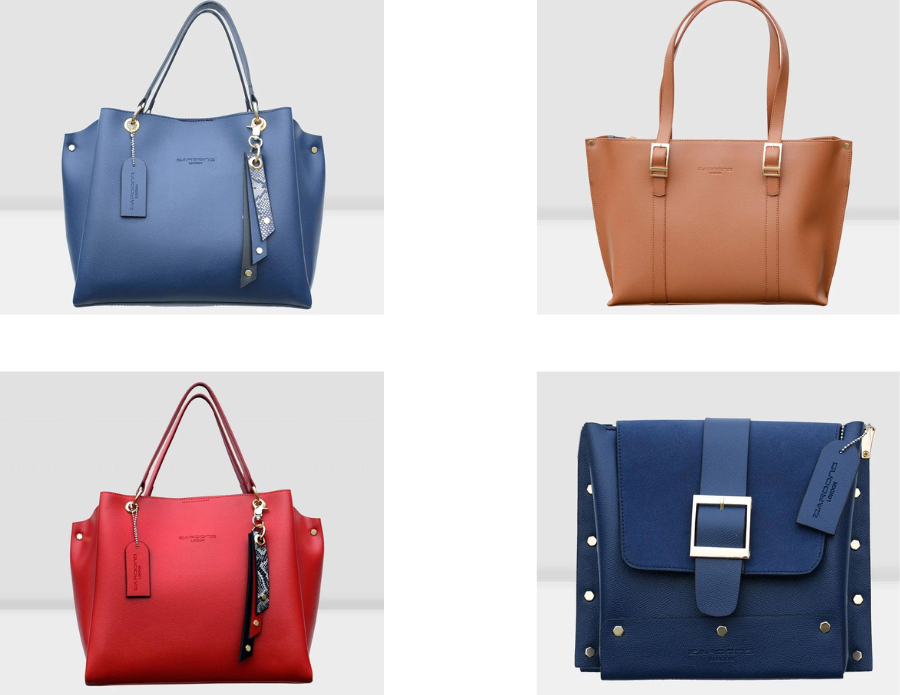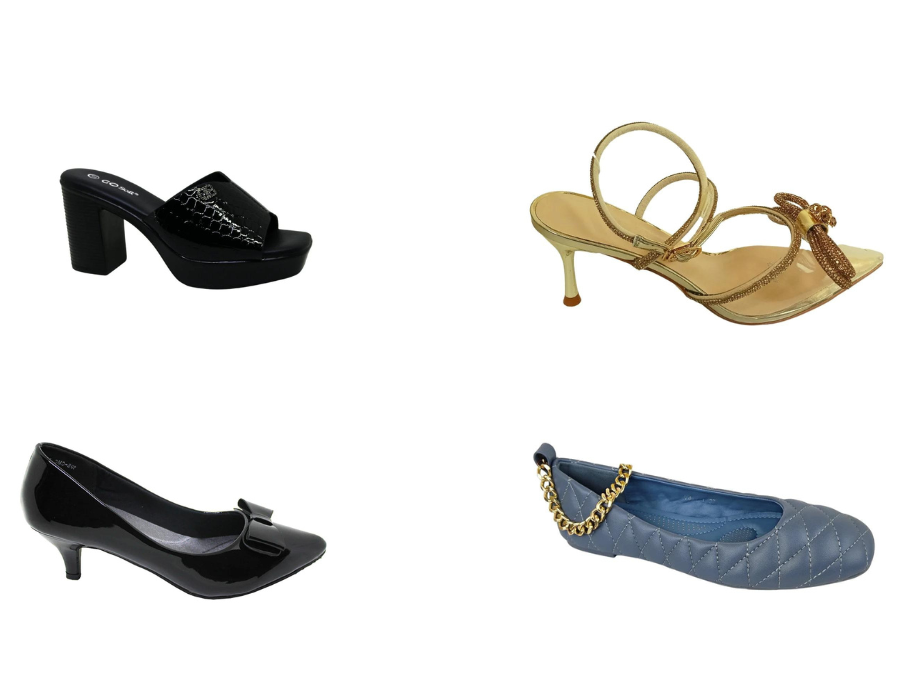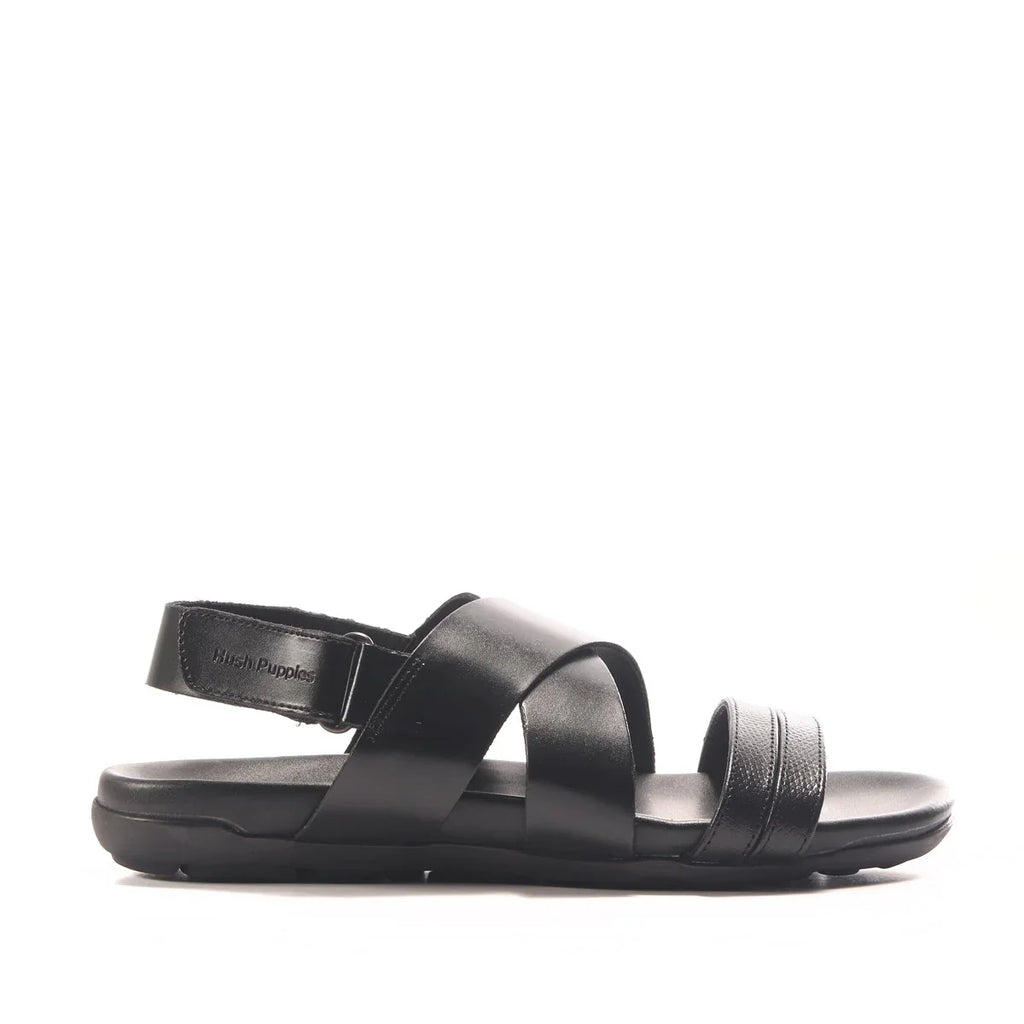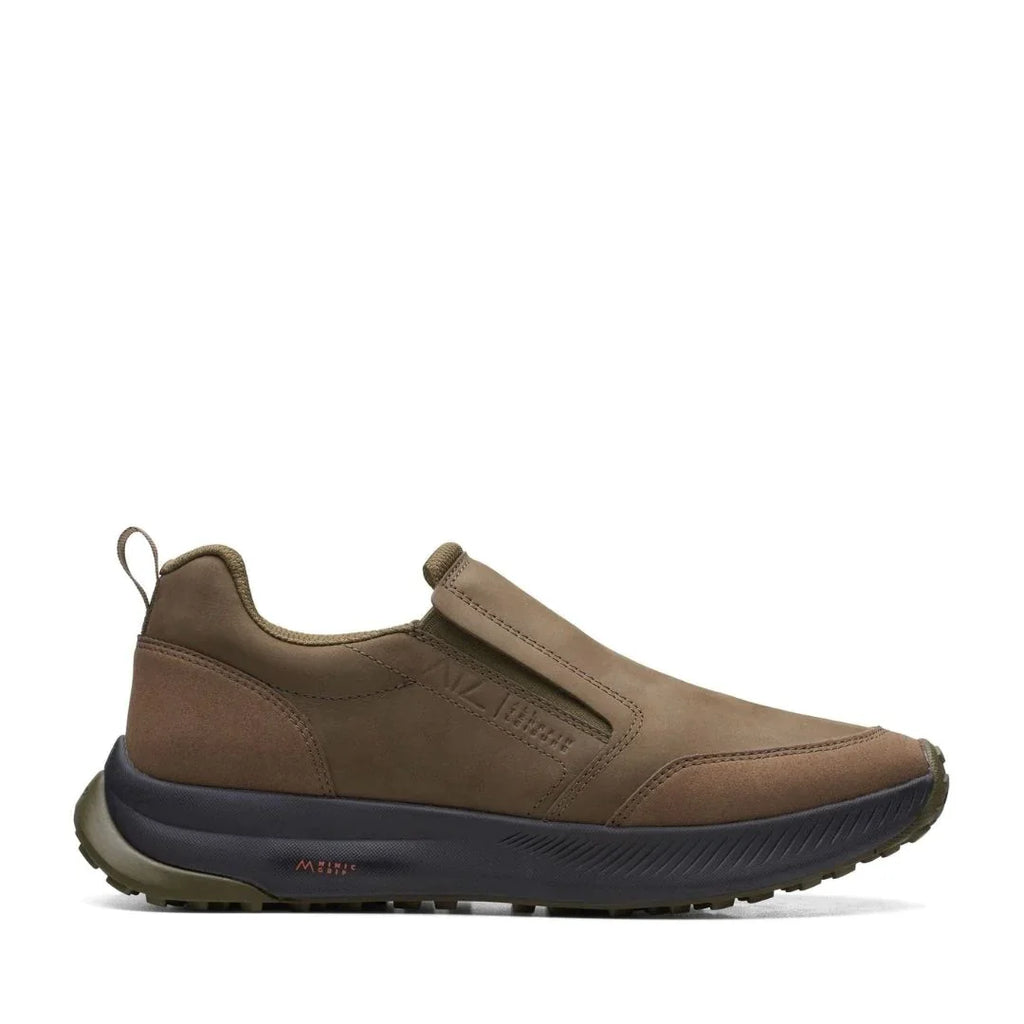
Comfort at a Glance

Introduction
Merriam-Webster defines comfort as "a comfortable state or condition in which one does not experience much physical or emotional pain." Calm, cheer, console, alleviate, and soothe are all words that come to mind when people think of comfort.
Comfort (or being comfortable) refers to a feeling of physical or psychological ease, often associated with a lack of difficulty. People who lack comfort or feeling discomfort are uncomfortable. Recreating memories associated with positive times may provide psychological comfort. Comfort is a particular concern in health care, as one aim of healthcare is to provide comfort to the ill and wounded. Psychological comfort is exceptionally subjective due to the personal existence of positive associations.
Comfort related to shoes
When it comes to comfort, it's also important to remember the job that the shoe is supposed to do. A shoe is a type of footwear designed to keep the human foot safe and comfortable. Shoes may also be used for fashion and decoration. When a person puts on a new pair of shoes, they want more than just softness at first. They want a shoe that does its job, protects their feet, doesn't cause them any physical issues, and is comfortable. If manufacturers want to develop their brand's image, they can't separate efficiency from comfort.
Aspects of comfortable shoes
Few elements of comfortable shoes are following;
-
Design:
-
Water-resistance:
the ability to prevent water to a certain level is water resistance.
-
Cushioning/shock absorption:
The ability of a shoe to withstand the force of an impact is referred to as cushioning. At a point while running, this prerequisite happens when the foot connects with the ground.
-
Sole skid resistance:
The sole skid-resistant shoes are much smoother, providing unrivaled degrees of friction and resistance. Climbing strength, which necessitates much higher levels of traction, can also be scored on shoes.
-
Achilles tendon protector:
locking the shoe around the heel mitigates pressure on the Achilles ligament.
-
Medical aspects of comfortable shoes:
Footwear affects overall health. Wrong shoes can affect the health of feet and the health of legs, knees, hips, back, and neck. As a result, choose supportive and comfortable footwear for the sake of overall health. Giving up fashion in favor of comfort will boost overall health.
- Keep body aligned
- Provide relief from body pain
- Protect against foot and ankle issues
- Improving athletic performance
Types of comfortable shoes
- Leather Loafers.
- Sandals.
- Casual Canvas Sneakers.
- Basic Flats.
- Dressy Flats.
- Espadrilles.
- Flat Ankle Boots.
- Dressy Sneakers.
Comparative analysis
Shoe-icide is a term used by foot and ankle surgeons to describe wearing wrong shoes, exceptionally high heels. As online shopping becomes more commonplace, people are more tempted to buy and wear shoes that appear trendy but don't fit properly. Following are the general problems;
- Women are more likely than men to buy too small and tight shoes in the front, such as pointed bellies, which leads to chronic pain.
- Ankle sprains to chronic pain in the heels, elbows, back, and shoulders may be caused by wearing high heels.
- The weight of our bodies moves through our joints and spine through a fixed axis called the weight-bearing axis as we typically stand without shoes. When a person wears high heels, the axis shifts drastically, forcing the spine to lean forward to maintain the center of gravity, resulting in low back pain and spinal deformity.






































